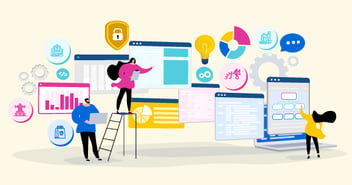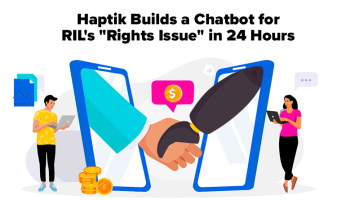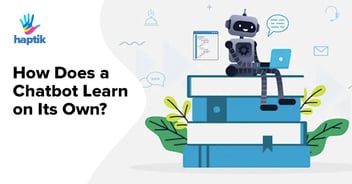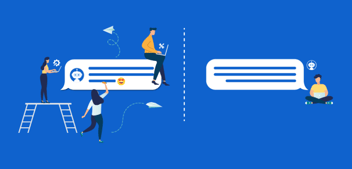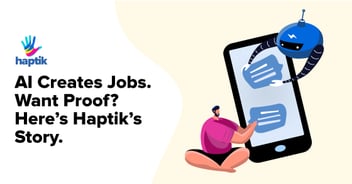AI Chatbot: Why It’s Essential for Customer Self-Service
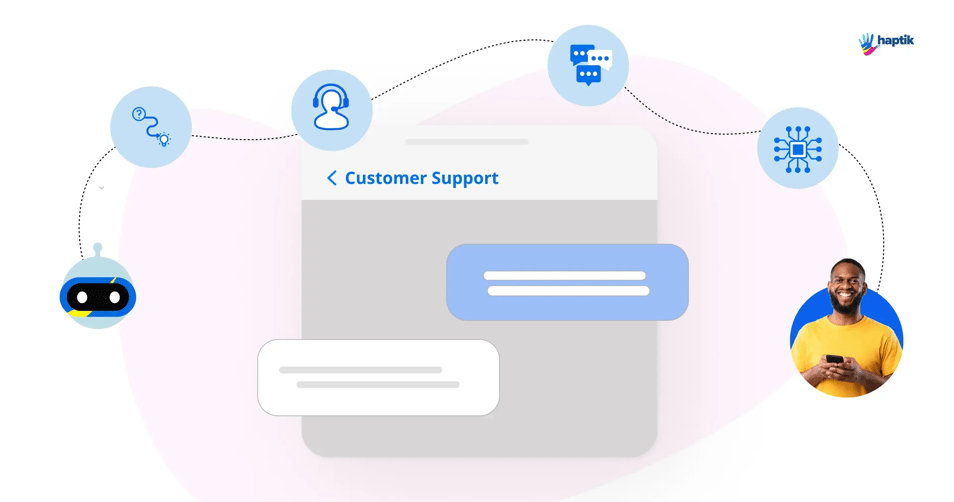
In today’s digital reality, customers expect resolution in no time.
No matter how common or complex their query is, customers just don’t wait long over prolonged chat conversations.
With the help of AI chatbots for customer service, businesses can empower customers with self-service, which gives them autonomy to resolve queries on their own without wasting time in looking for a support agent. Moreover, customer self-service helps organizations to drive more sales, save costs, and reduce the volume of support tickets.
The rise of large language models (LLMs) such as Generative AI has further helped companies to improve the quality and efficiency of self-service. With Generative AI, customers also receive proactive support across channels and in multiple languages, further enhancing the customer experience.
Commonly Used Customer Self-Service Options
AI Chatbots
For most brands and most customers, AI chatbots are the primary self-service option. They can answer customer’s queries regarding products and services, order and delivery status, booking and appointment scheduling, account management, and others.
FAQ Section
The frequently asked questions (FAQs) section contains answers and resolutions to customers’ most commonly asked questions. Often, FAQs have short and concise responses to customer queries, and contain links to knowledge base content, live chat, and other customer help resources.
Knowledge Base
This section typically contains detailed information to help customers resolve their queries. They can browse for relevant content and articles on the brand’s website. One of the positive aspects of knowledge base content is that it significantly saves time for customers and offers the best search results.
Why AI Chatbots Improve Customer Self-Service
Instant Resolution
As per data, almost 70% of customers like interacting with chatbots as they provide quick answers. Chatbots handle diverse customer queries and yet achieve instant query resolution in a way that drives customer satisfaction. With access to a variety of information on FAQs, product details and support documentation, AI chatbots swiftly address customer concerns. With modern solutions being powered by Generative AI and large language models, they are able to better understand natural language and respond more accurately and contextually. Chatbots’ speed and accuracy in resolving customer queries help improve the customer experience.
Human-Like Support
The level of humanization that chatbots or AI assistants bring to customer service is truly impressive - thanks to the influence of Generative AI and LLMs. They provide a conversational method of interaction where the initial and follow-up questions are answered with clarity and context, offering peace of mind to customers. Whether the bot needs to empathize with the customer, resolve a complex query or escalate it to a support agent or uphold the brand voice and reputation, chatbots can pull them off with a human touch.
Value-Add Through Escalation
Sure, AI chatbots might not have an answer to every customer query, but their escalations to human agents add value to the support process and reduce the query resolution time. That’s because chatbots already have key customer information that enables agents to get a smooth handoff and address the customer’s concern with context. Chatbots also help assign the ticket to the agent who’s best suited to addressing the particular issue at hand.
Multiple Query Handling
While a human agent typically handles one conversation at a time, chatbots not just handle multiple customers in one go but they are also highly efficient in handling large volumes of customer interactions. This is a key part of businesses being able to offer 24/7 support without having to have human agents work in shifts.
Moreover, chatbots can quickly retrieve relevant information from knowledge bases and FAQ sections, which help in improving query resolution times and driving customer satisfaction.
Continuous Learning & Improvement
As AI chatbots engage with more users, they gather valuable data and feedback that fuel their process of learning and improvement. By handling more customer queries and interactions, chatbots become more sophisticated and capable of handling a diverse range of queries.
Chatbot's continuous improvement does two things: customers get a better experience when reaching out for support as their questions are better understood and addressed. Secondly, as chatbots evolve and offer better support, the load on human agents reduces as they handle more complex queries and efficiently.
Conclusion
In a world where customer expectations continue to rise, AI chatbots are an indispensable part of improving customer service, let alone making it more efficient through self-service. With Generative AI and large language models powering chatbots, they now offer more human-like support that’s intuitive and drives customer satisfaction. With advancements in technology, the role of AI chatbots in customer self-service will grow and continue to transform how businesses interact with their customers, setting new standards for customer support.
Interested to explore more or want to try out a chatbot of your own?




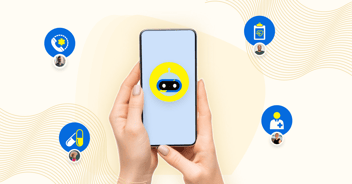
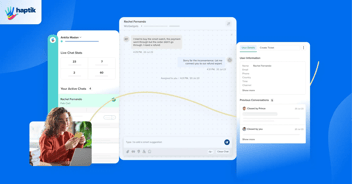
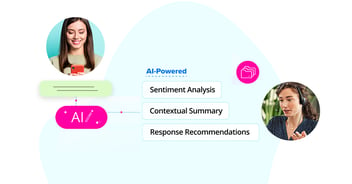
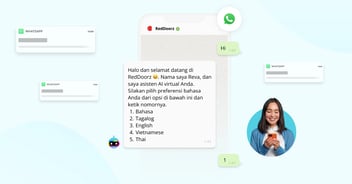
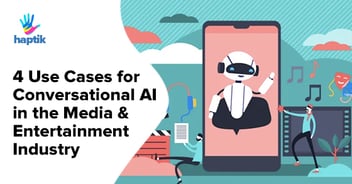
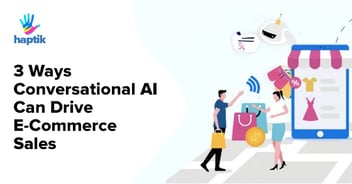

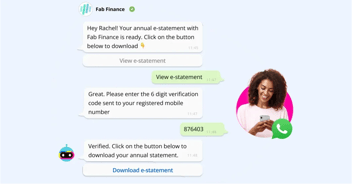
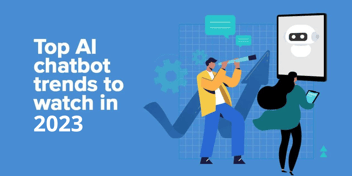

.jpg?quality=low&width=352&name=blog-banner-2%20(1).jpg)



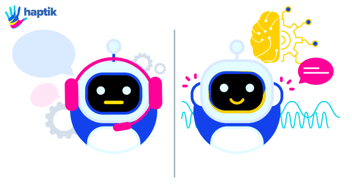

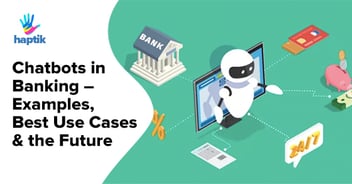

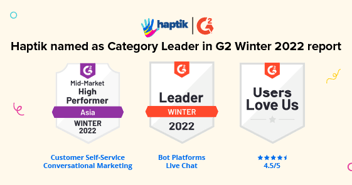

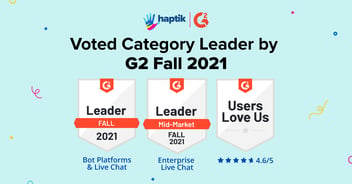

.png?width=352&name=image%20(18).png)
-2.png?quality=low&width=352&name=image%20(11)-2.png)


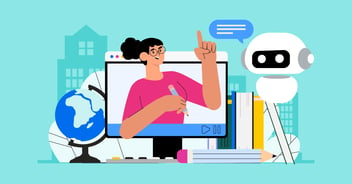

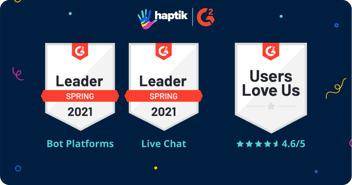
.png?width=352&name=Linkedin+%20Twitter%20(3).png)
-1.jpg?width=352&name=Linkedin+%20Twitter%20(1)-1.jpg)




-1.png?width=352&name=LinkedIn%20(1)-1.png)
.png?quality=low&width=352&name=LinkedIn%20(3).png)
